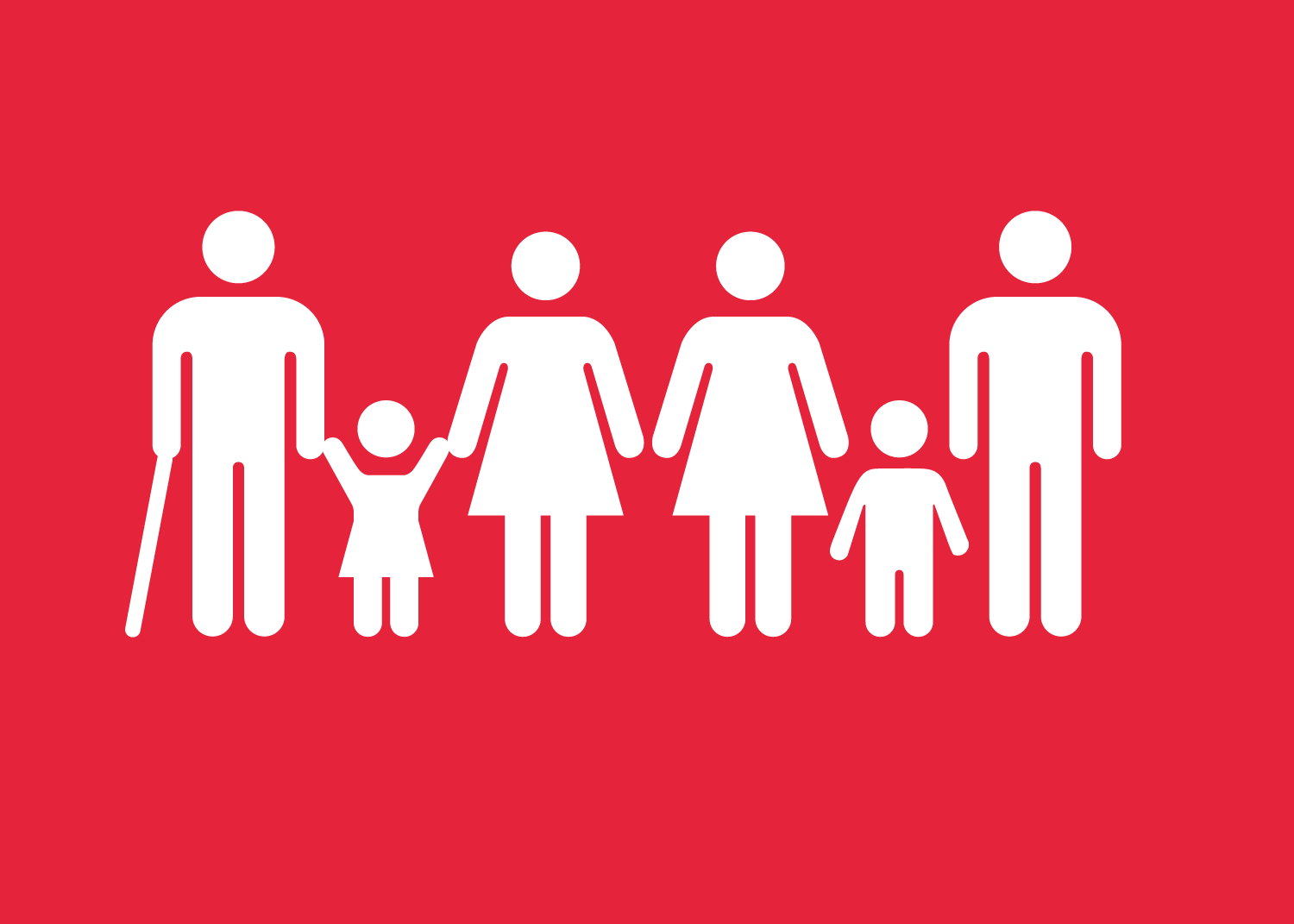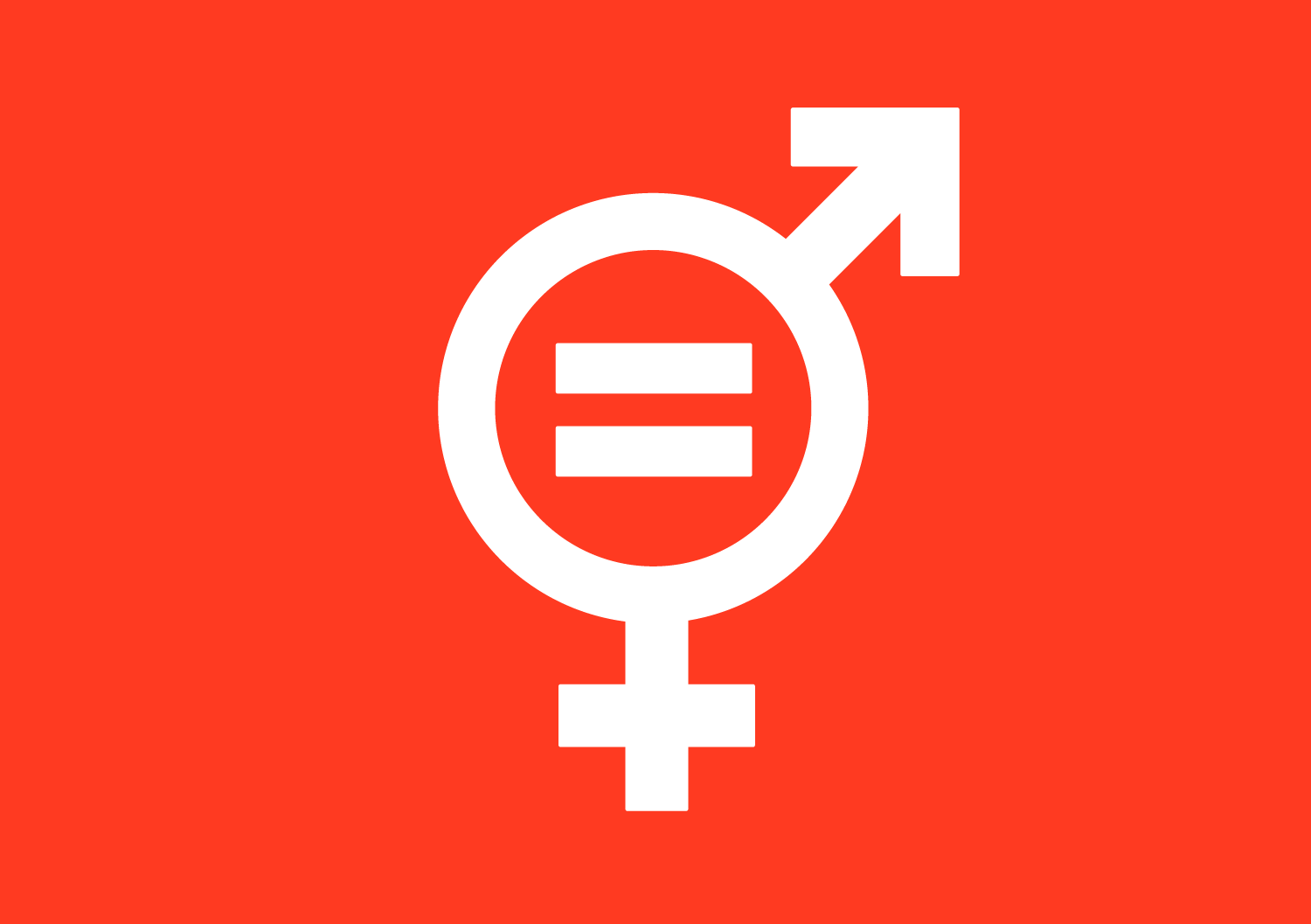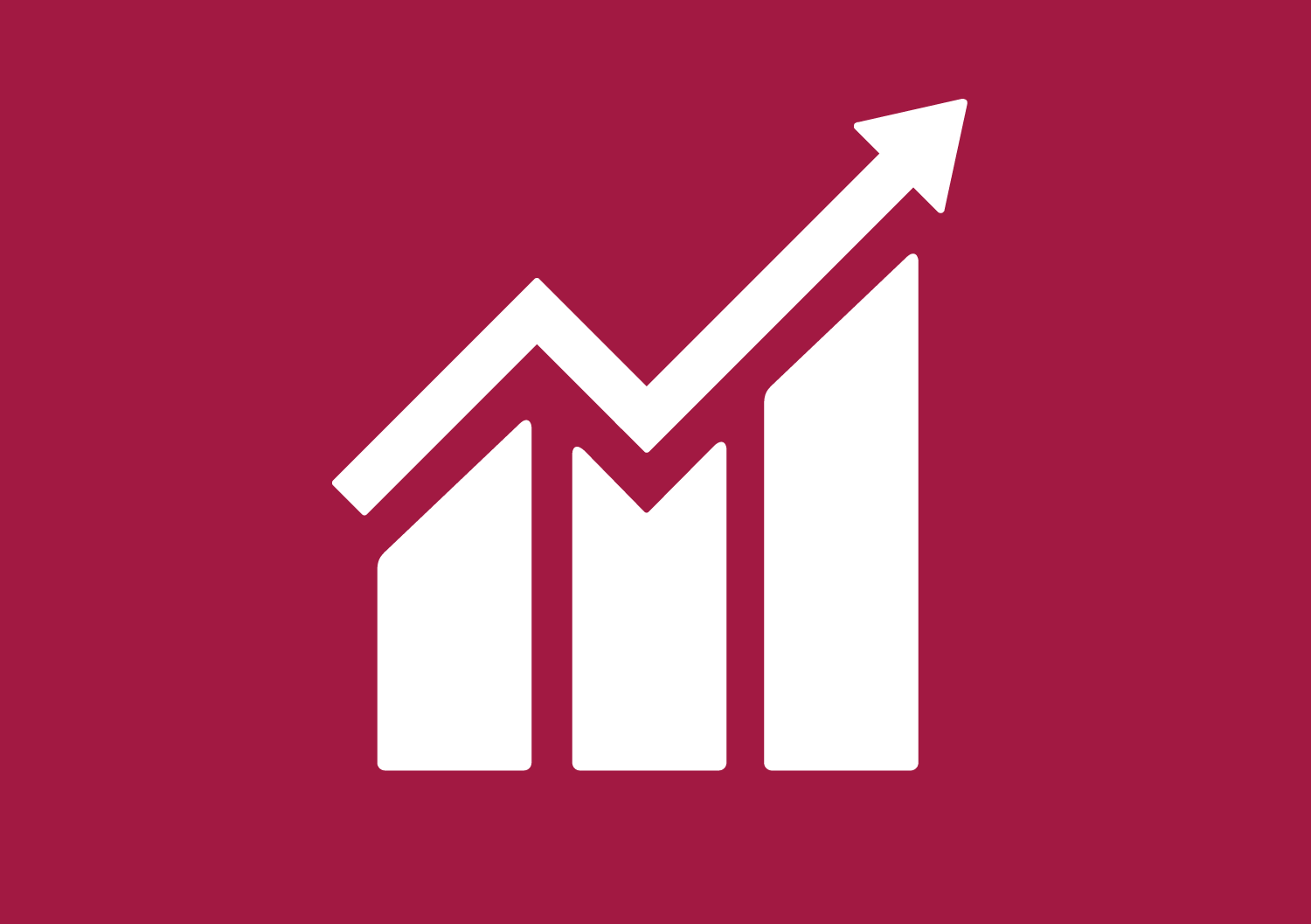

To support smallholder farmers in improving their livelihoods, increasing agricultural productivity, and achieving sustainable development.
We provide smallholder farmers with high-quality seeds, fertilizers, and other necessary agricultural inputs.
We offer training programs on sustainable farming practices, modern agricultural techniques, information dissemination, and efficient resource management.
We promote climate smart agriculture through our solar-powered irrigation system, enabling farmers to build resilience and mitigate climate change effects.
We enhance the quality of grains produced to improve market value, income, food safety, and nutrition.
We facilitate access to profitable markets by establishing partnerships with buyers, cooperatives, and other market actors, as well as grains offtake from farmers.
We identify farmers in need of support through community and clan leaders.
We distribute necessary inputs to selected farmers, ensuring they receive the right quantity and quality.
We conduct training sessions on best practices in crop cultivation, pest and disease management, and soil and water conservation.
We procure and offtake grains, connect farmers to buyers, and support the formation of farmer cooperatives.
Farmers adopt improved techniques, leading to increased crop yields and enhanced productivity.
Increased productivity leads to improved incomes and livelihoods for farmers and their families.
Farmers practice sustainable farming methods, leading to conservation of natural resources and enhanced resilience to climate change.
By connecting farmers to profitable markets and off-taking their grains, we achieve poverty reduction and economic growth.
Our solar-powered irrigation system gives farmers reliable water access, enabling year-round farming and increased productivity.
Better grain quality leads to reduced post-harvest losses, preserved nutrition, and increased income and food security.
We promote gender equality by ensuring equal access to inputs, training, and market opportunities for both male and female farmers.
By improving the livelihoods of smallholder farmers, we contribute to the achievement of several Sustainable Development Goals (SDGs).

SDG 1: No Poverty

SDG 2: Zero Hunger

SDG 5: Gender Equality

SDG 8: Decent Work and Economic Growth

SDG 9: Industry, Innovation, and Infrastructure

SDG 12: Responsible Consumption and Production

SDG 13: Climate Action
Overall, the theory of change outlines how our support for smallholder farmers through input provision, training, and market access can lead to improved agricultural productivity, increased incomes, sustainable resource management, poverty alleviation, and the achievement of various SDGs.
Directly opposite First Bank, Saminaka, Lere local govt. Kaduna State